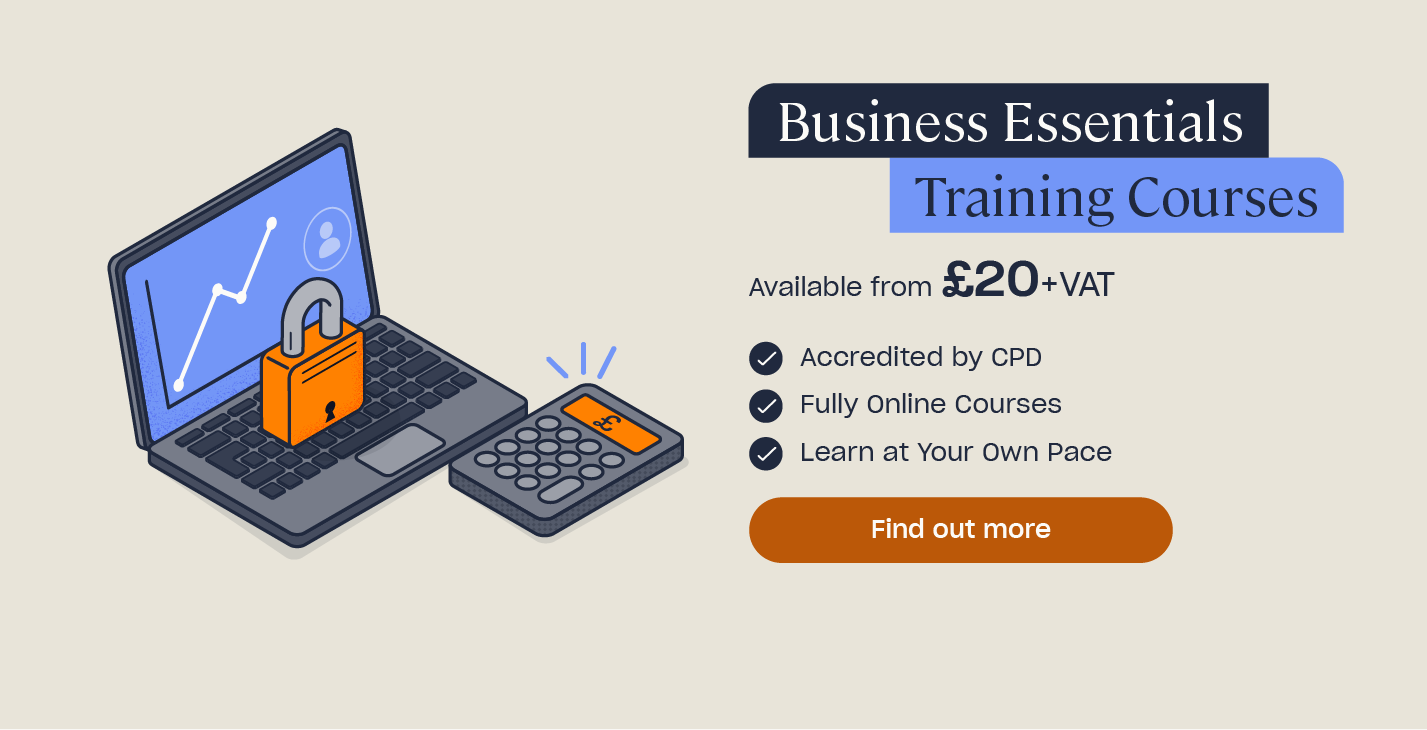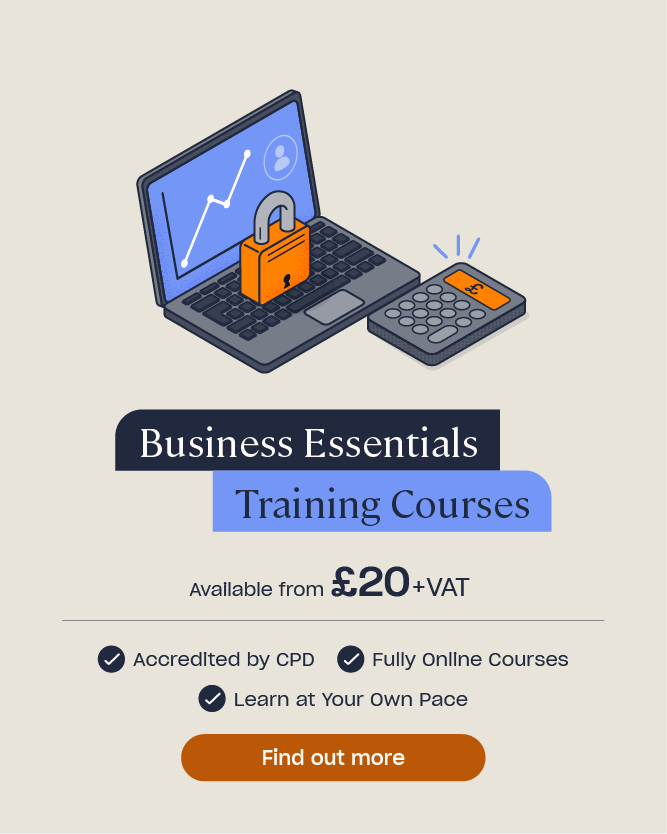How to Use the STAR Method
Interviews are a nerve-wracking process for many, so it helps to be as prepared as possible. Many interviews have a section specifically for competency or behavioural based questions that prompt a story-like response. Whilst these appear to be the hardest form of question to prepare for, there is a formula for giving a high quality answer.
Whilst it’s unlikely you’ll be able to preempt the exact questions that will be asked during an interview, the STAR method helps to ensure you’re well equipped to answer any possible question in a strong manner that mirrors what an interviewer will be looking for.
In this article, we will outline what the STAR method involves, provide you with some example answers to interview questions using the STAR method, and finally offer some advice for how to prepare for an interview.
What is the STAR Method of Answering Questions?
The STAR method is a technique for answering questions which gives a straightforward structure you can use to respond. It allows you to effectively demonstrate your experience in your CV, a cover letter, within a job application form, or in an interview.
STAR is an acronym that stands for:
- Situation – Set the scene for the story by providing background and context for the situation.
- Task – Describe what your role or responsibility was in this situation.
- Action – The most important part of the story. Explain exactly what steps you took to resolve the situation or how you handled the difficulty presented to you.
- Result – Share what happened as a result of your action, what the benefit was, and what you learnt from the experience. If possible, quantify the results to demonstrate the outcome of your actions numerically.

You can use the STAR acronym as a guide to structuring the answers and examples you give when asked a scenario based or behavioural question. The method is designed to ensure you’re highlighting your skills and beneficial qualities to potential employers in your responses whilst also keeping your answers focused and digestible. When answering questions using the STAR method, you should remember to keep your examples short and to-the-point, remain conversational rather than overly rehearsed, and be prepared to answer follow-up questions about the examples you give.
How Does the STAR Method Work?
The STAR method allows you to accurately and precisely answer questions which involve telling a story or require you to provide real-life examples of your past experiences, such as behavioural interview questions. These types of questions are usually easy to identify as they’ll often begin with phrases such as:
- Tell me about a time when…
- How do you react when…
- Have you ever…
- Provide an example of…
- Describe a situation…
The first challenge when answering these types of questions is to think of an appropriate scenario or fitting example that you can use in your response. Then, once you’ve got a situation in mind, the STAR method allows you to easily formulate your response in a compelling and precise way which will help to effectively relate your example back to an interviewer. Some of the main benefits of using the STAR method are that it:
Avoids rambling responses
Without using an easy-to-follow structure like the STAR method, it’s very easy to fall into the pattern of rambling and digressing from the point of your story when answering scenario based questions. This will make it far harder for a potential employer to identify the personal strengths you’re displaying within your response, whereas you want these to be immediately obvious. Using the STAR method ensures that your responses are concise and showcase the benefits you could bring to an employer.
Helps give further insight to potential employers
Furthermore, the STAR method ensures you not only highlight your skills but also provide insight into how these skills can benefit an employer. For example, whilst you may highlight that you raised revenue in a previous role, this doesn’t mean much on its own. The STAR method encourages you to give further insight into how you raised revenue and what impact this had on the company or team as a whole. This is a more meaningful answer for employers as it not only highlights your skills, but also gives more information about you and how you approach situations and solve problems.

Can be used for a wide range of scenarios
It’s important to remember that the responses you give using the STAR method aren’t restricted to work-related scenarios. One benefit of the technique is that it works for a wide variety of situations. If, for example, you’re interviewing for an entry level role, you can use the STAR method to describe strengths you’ve gained from something that happened in your personal or academic life, as well as just those that have occurred in previous professional positions.
You can find further advice on successfully applying for your first job in our article on How to Prepare for your First Interview.
Is easily catered to specific job specifications
Job specifications often highlight exactly which skills and attributes an employer is looking for when hiring for a position. Thus, when applying and interviewing for a job you should aim to demonstrate as many of these desired qualities as possible. The STAR method is great for this as it allows you to cater your responses around a specific strength that you’d like to highlight to employers, for example one of those listed in the job specification.
Want to Increase Your Skill Set?
High Speed Training’s Business Essentials courses are designed to teach transferable skills that increase employability and aid professional growth. A few of our popular courses include Communication Skills, Time Management, Leadership and Management, and Microsoft Excel and Google Sheets Training for Beginners.
STAR Method Example Answers
Below are 3 examples of competency or behavioural style questions that may be asked within an interview or job application, along with a STAR answer to demonstrate how this method can help provide a high quality response.
1: Provide an example of when you set yourself a goal and managed to achieve it.
The intent behind this question is to determine how you go about setting targets and what steps you take to accomplish a personal objective.
Situation: When I was new to my previous position as X, I fell short of reaching my revenue target in my first quarter.
Task: As a result, I was determined to exceed my revenue target in the next quarter to get back on track and demonstrate my abilities and dedication to the role.
Action: To achieve my goal, I reduced my revenue target down into smaller weekly goals so that I was able to keep track of it more easily. I also did some A/B testing to work out which sales methods had a greater impact on customers, then continued to prioritise the ones that brought in the most revenue.
Result: Thanks to prioritising the most effective sales strategies, I managed to exceed my quarterly revenue target by 15%.
2: Describe a time when you’ve had to handle conflict and how did you resolve it?
This question aims to assess how you respond to difficult situations and whether you have strong leadership and teamwork skills.
Situation: Whilst undertaking a team project at university, two of my teammates disagreed on the direction we should take for the project as they had different ideas that they were each passionate about pursuing.
Task: As I was assigned to lead the team project, I was tasked with finding a solution that everyone in the team could agree on.
Action: I invited the two team members with conflicting views to a small group meeting with me, where I encouraged them to share their perspectives and try to find some common ground in their ideas. After listening to each other’s thoughts, they managed to find a compromise that incorporated elements from each of their original ideas and that they were both happy with.
Result: This conversation helped to strengthen our team working skills and also improved our overall idea so that we ended up with a better outcome to the project. As a result, we received a 100% mark, which was 2 grades higher than the last project we undertook together.

3: Tell me about a time you failed. How did you handle it?
Not all situational questions will be positive but being honest about your shortcomings will show integrity to a potential employer. The key is to focus on what you’ve learned from past experiences.
Situation: Once in my last role I was tasked with leading a project for an important client. The client was in a rush to get results, however, and therefore asked if we could complete the project in a far shorter time frame than we’d originally discussed. Wanting to impress, I agreed to the new deadline but I soon realised there was no way we could get the project completed in such a short time.
Task: After I’d realised my mistake, I knew I had to communicate to the client that we weren’t going to meet the deadline and try to maintain or restore the relationship despite my error.
Action: I immediately reached out to the client and apologised, explaining that I’d realised that we couldn’t meet the deadline that we’d agreed on and asking for a four day extension. Luckily, they were generous enough to provide us with the extra time.
Result: In the end, we managed to complete the project ahead of the extended deadline and the client was delighted with the end results. I learned never to overpromise, and took a time management course shortly afterwards to ensure a similar situation would never occur again.
Looking For More Interview Examples?
If you’re applying for a role in a specific industry, read our articles containing further interview questions and preparation advice for care workers, teachers, hospitality staff, bartenders, chefs, and waiting staff.
How Do I Prepare for a STAR Interview?
To successfully employ the STAR method, preparation and practice are essential. The more prepared you are, the more you’ll be able to use the technique to your advantage and impress a potential employer.
The STAR technique can be used during in-person or virtual interviews, though a virtual interview may take some additional preparation. You can find tips for this in our article on How to Stand Out in a Virtual Interview.
Follow these steps to get ready for an interview using the STAR method:
Assess the job description and identify what skills and qualities the employer is seeking
Before going into the interview, it’s vital that you take the time to thoroughly read the job description and fully understand what the employer is looking for. Recruiters will usually tailor their interview questions to find out if you have the qualities required for the role.
Therefore, it’s useful to highlight any skills mentioned within the job specification so that you’re best prepared to preempt what they might ask you. For example, for a job that states it requires problem-solving skills, you may be asked to describe a time you overcame an unexpected challenge.
If you’re missing any important skills, consider creating a personal development plan to assess what you need to improve and set out a strategy to better yourself professionally.
Reflect on your previous experiences and accomplishments
Once you have a list of all the skills and qualities an employer may be looking for based on their job description, try to think of multiple examples where you’ve demonstrated each of these competencies in past experiences.
Practise writing out these scenarios using the STAR method to make sure they effectively demonstrate the skills you’re aiming to portray. Avoid vague statements and instead describe concrete steps you took to achieve the result or resolve the situation.

Practise answering interview questions out loud and on the spot
Taking part in an interview can be very nerve-wracking but usually the more you do it the more confident you are. Therefore, holding practice interviews with family or friends is a highly valuable exercise to help prepare you for the real event.
By participating in practice interviews, you can ask people for their perspective to identify what’s working and what isn’t in your answers. Furthermore, answering questions out loud will help you feel comfortable with vocalising your responses so that you sound more relaxed and natural during the real interview.
Research common behavioural/situational questions
Although many questions asked during your interview will likely be related to specific skills and qualities described within the job description, there are also many commonly asked behavioural questions that may be included too. Therefore, it’s a good idea to prepare answers to a wide range of questions, including ones related to soft skills such as leadership, collaboration, adaptability, and communication.
The STAR method is a valuable tool to help you answer behavioural or competency questions. STAR stands for situation, task, action and result and is meant to help you structure your answers in a clear and concise way that highlights your skills to employers. You can prepare to use the STAR method successfully by researching the role you’re applying for, considering your past experiences and successes, and practising using the STAR method to describe these events in order to highlight relevant skills for the role.
Further Resources:
- How to Stand Out in a Virtual Interview: Preparation Tips
- How to Improve Active Listening in Communication
- Business Essentials Courses







